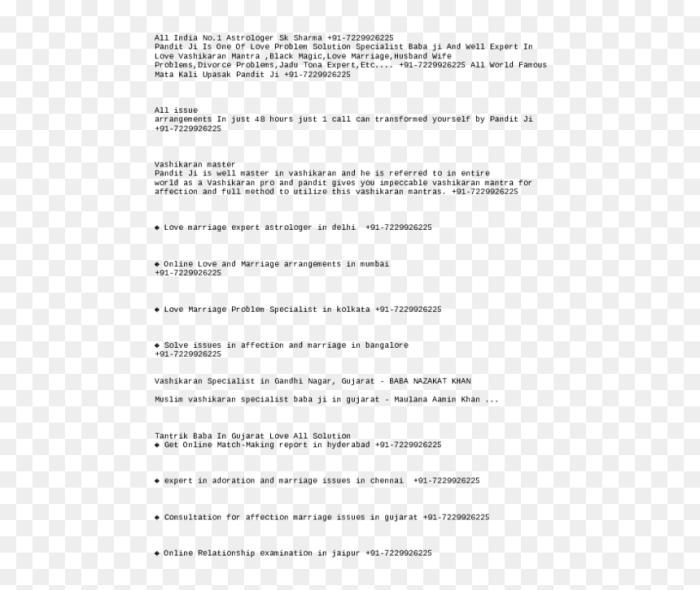Unveiling the mysteries of life’s genetic code, the Cracking the Code of Life Worksheet PDF Answers delves into the fundamental principles of molecular biology. This comprehensive resource empowers students with a thorough understanding of DNA structure, genetic inheritance, and the intricate mechanisms of protein synthesis.
Embarking on a journey through the building blocks of life, this worksheet unravels the complexities of DNA’s double helix, the genetic code’s role in protein synthesis, and the profound implications of genetic variation. With clarity and precision, it illuminates the practical applications of genetic knowledge, from medical advancements to agricultural innovations.
Cracking the Code of Life Worksheet PDF Overview
The Cracking the Code of Life worksheet PDF provides an in-depth exploration of the genetic code and its role in biology. It is designed for high school and college students studying genetics, molecular biology, or related fields.
The worksheet covers key concepts in genetics, including DNA structure, the genetic code, protein synthesis, mutations, and genetic variation. It includes interactive exercises, diagrams, and questions to reinforce understanding.
Structure and Key Concepts
- Components of DNA (nucleotides, bases, etc.)
- Double helix structure of DNA
- Role of DNA in storing and transmitting genetic information
- Definition of the genetic code and its relationship to DNA
- How codons specify amino acids
- Importance of the genetic code in protein synthesis
- Process of transcription, including the role of RNA polymerase
- Process of translation, including the role of ribosomes and tRNA
- Importance of protein synthesis in cell function
- Definition of mutations and their different types
- Causes and consequences of mutations
- Role of genetic variation in evolution
- Practical applications of understanding the genetic code
- Examples of how genetic knowledge is used in medicine, agriculture, and biotechnology
- Ethical implications of genetic technologies
DNA Structure and Function: Cracking The Code Of Life Worksheet Pdf Answers

DNA (deoxyribonucleic acid) is a molecule that contains the genetic instructions for an organism. It is composed of nucleotides, which are made up of a sugar molecule, a phosphate group, and a nitrogenous base.
Components of DNA
- Nucleotides:The building blocks of DNA. Each nucleotide consists of a sugar molecule, a phosphate group, and a nitrogenous base.
- Bases:The nitrogenous bases in DNA are adenine (A), thymine (T), cytosine (C), and guanine (G). These bases pair up to form base pairs, which are the rungs of the DNA ladder.
Double Helix Structure
DNA has a double helix structure, which resembles a twisted ladder. The two strands of the helix are held together by hydrogen bonds between the base pairs. The sequence of base pairs along the DNA molecule encodes the genetic information for an organism.
Role of DNA
DNA is responsible for storing and transmitting genetic information. It contains the instructions for building and maintaining an organism’s cells and tissues.
Genetic Code
The genetic code is a set of rules that determines how the sequence of nucleotides in DNA is translated into the sequence of amino acids in proteins.
Codons, Cracking the code of life worksheet pdf answers
The genetic code is read in groups of three nucleotides, called codons. Each codon specifies a particular amino acid or a stop signal.
Importance of the Genetic Code
The genetic code is essential for protein synthesis. Proteins are the building blocks of cells and tissues, and they play a vital role in all aspects of cell function.
Protein Synthesis
Protein synthesis is the process by which cells produce proteins. It involves two main steps: transcription and translation.
Transcription
Transcription is the process of copying the genetic information from DNA into a molecule of messenger RNA (mRNA).
Translation
Translation is the process of converting the genetic information in mRNA into a sequence of amino acids. This process occurs on ribosomes, which are large protein complexes.
Importance of Protein Synthesis
Protein synthesis is essential for cell function. Proteins are involved in a wide range of cellular processes, including metabolism, growth, and reproduction.
Mutations and Genetic Variation

Mutations are changes in the DNA sequence. They can be caused by a variety of factors, including environmental toxins and errors during DNA replication.
Types of Mutations
- Point mutations:Changes in a single nucleotide.
- Insertions:The addition of one or more nucleotides to the DNA sequence.
- Deletions:The removal of one or more nucleotides from the DNA sequence.
Consequences of Mutations
Mutations can have a variety of consequences, depending on their location and type. Some mutations are harmful, while others are beneficial or have no effect.
Role of Genetic Variation
Genetic variation is the presence of differences in DNA sequences among individuals. It is essential for evolution, as it provides the raw material for natural selection.
Applications of Cracking the Code of Life
Understanding the genetic code has led to a wide range of practical applications, including:
Medicine
- Diagnosis and treatment of genetic diseases
- Development of new drugs and therapies
Agriculture
- Improvement of crop yields
- Development of disease-resistant crops
Biotechnology
- Production of biofuels
- Development of new materials
Ethical Implications
The use of genetic technologies raises a number of ethical concerns, including:
- Privacy
- Discrimination
- Eugenics
Question Bank
What is the purpose of the Cracking the Code of Life Worksheet?
The worksheet aims to provide a comprehensive understanding of the genetic code, DNA structure, and the processes involved in protein synthesis.
How is the genetic code related to DNA?
The genetic code is embedded within the sequence of nucleotides in DNA, where specific combinations of nucleotides (codons) correspond to specific amino acids.
What is the significance of protein synthesis?
Protein synthesis is crucial for cellular function, as proteins play diverse roles in metabolism, structure, and regulation.